What Is a Skyline in Motion Drawing?
A city skyline is more than just a silhouette of buildings—it’s a living, breathing rhythm of architecture, light, and energy. To create a skyline in motion drawing is to stretch that rhythm across your sketchbook pages, capturing not just the structures but the pulse of the city itself. This technique invites you to explore movement, contrast, and narrative flow through line, shape, and light.
In this post, we’ll dive into how to draw a skyline that feels alive—one that dances across the page with purpose and emotion. Whether you’re working in ink, pencil, or mixed media, this approach will help you transform static cityscapes into expressive visual journeys.
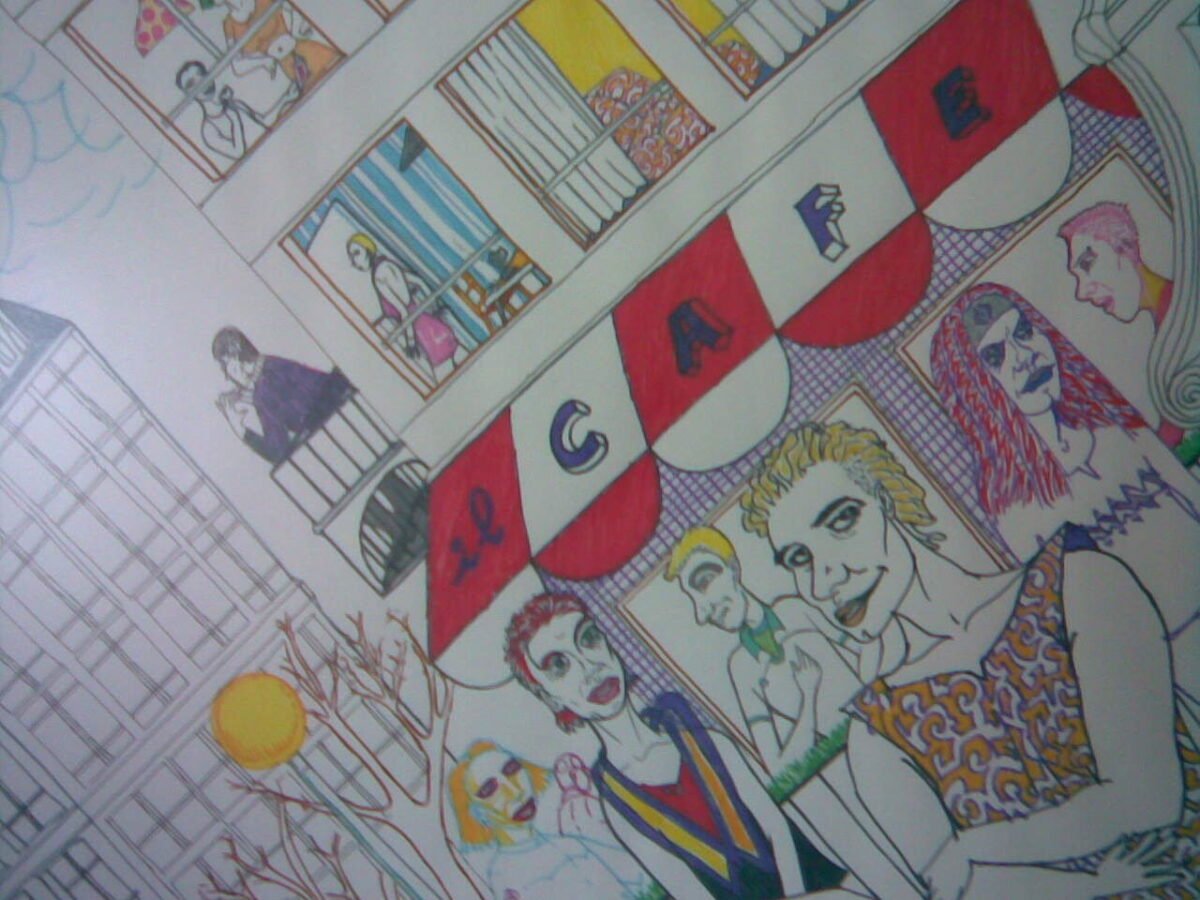
credit: ANARTIST
A skyline in motion drawing is a panoramic cityscape that spans across two or more sketchbook pages, using dynamic linework, shifting light, and compositional rhythm to suggest movement and energy. Rather than a static architectural rendering, this technique emphasizes flow—how the eye travels from one structure to the next, how light shifts across surfaces, and how the city breathes through contrast and repetition.
It’s not about drawing every window or brick—it’s about capturing the feeling of the skyline as it stretches, rises, and falls across your canvas.
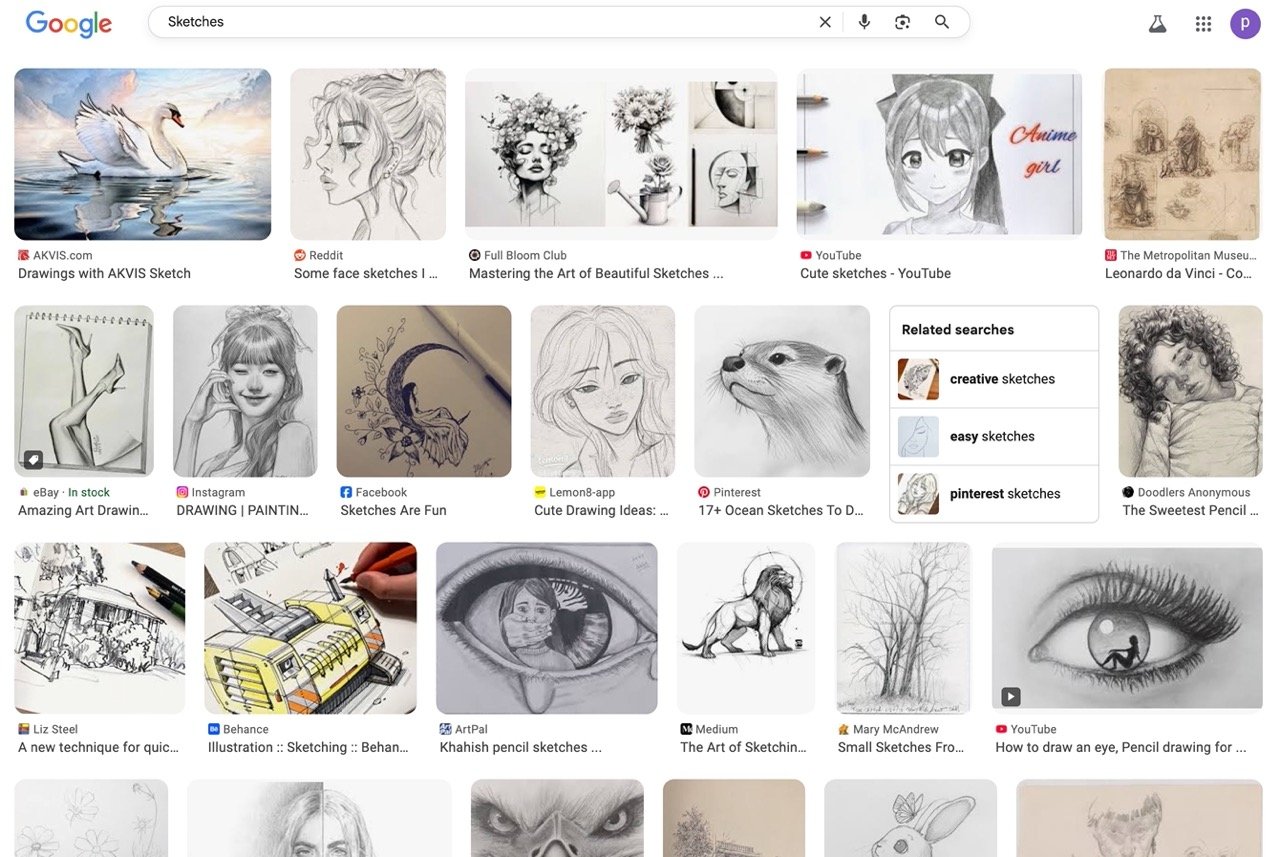
GOOGLE IMAGES
Skyline in Motion Art
Visuals are key to understanding. We created a Google Image search for "Skyline in Motion Art" to provide you with additional context and inspiring examples.
Why Use This Technique?
Captures Urban Energy
Cities are in constant motion—cars, people, lights, shadows. This drawing style reflects that energy through expressive mark-making and compositional pacing.
Enhances Composition Skills
Stretching a skyline across multiple pages forces you to think about balance, rhythm, and focal points on a larger scale.
Encourages Storytelling
A skyline in motion can suggest a narrative: the transition from day to night, the contrast between old and new architecture, or the emotional tone of a place.
Breaks the Frame
By moving beyond a single page, you challenge traditional composition boundaries and invite the viewer to follow the drawing like a visual journey.
How to Create a Skyline in Motion Drawing
Step 1: Choose Your City or Invent One
You can work from reference photos, real-life observation, or imagination. Consider skylines with varied building heights, bridges, towers, or natural elements like rivers and hills.
Step 2: Plan Your Spread
Open your sketchbook flat and treat both pages as a single canvas. Lightly sketch a horizon line and decide where your skyline will rise and fall. Think of it like a musical score—where are the crescendos and pauses?
Step 3: Establish the Rhythm
Use loose lines to block in the major shapes. Vary the spacing and height of buildings to create visual rhythm. Avoid uniformity—let the skyline breathe.
Step 4: Add Movement
Incorporate elements that suggest motion:
- Diagonal lines for perspective or wind
- Repeating shapes that ripple across the page
- Curved lines to suggest flow or elevation changes
- Light trails, birds, or clouds to guide the eye
Step 5: Use Light and Contrast
Decide on a light source—sunset, streetlights, moonlight—and use value contrast to emphasize depth and atmosphere. Let some areas fade while others pop with bold shadows or highlights.
Step 6: Refine with Detail and Texture
Add windows, antennas, signage, or rooftop gardens—but selectively. Use texture to differentiate materials (glass vs. brick) and suggest distance.
Techniques to Enhance Your Skyline in Motion
- Ink Wash or Watercolor: Add mood and atmosphere with soft gradients or dramatic skies.
- White Gel Pen or Chalk: Highlight windows, reflections, or stars against dark areas.
- Mixed Media: Combine collage, graphite, and ink for layered urban textures.
- Negative Space: Let the sky or water remain blank to emphasize structure and silhouette.
- Perspective Shifts: Tilt or distort parts of the skyline to suggest movement or emotion.

Sketchbooks.org | DIGITAL MATERIALS
Top 3 Tablet & Best iPad Sketching Apps | Digital Drawing Tools
Digital sketching has transformed the way artists, designers, and creatives bring their ideas to life Whether using an iPad or a high-performance tablet, the right app can make all the difference in achieving precision, fluidity,...
Frequently Asked Questions
What is a skyline in motion drawing?
It’s a cityscape that spans across pages using rhythm, light, and movement to create a dynamic visual flow.
Do I need to draw a real city?
No—you can use reference or invent your own skyline to explore composition and emotion.
What materials work best for this technique?
Pens, ink, watercolor, and graphite all work well—choose tools that allow for expressive line and contrast.
How do I make the skyline feel like it’s moving?
Use varied line direction, contrast, and compositional pacing to guide the viewer’s eye across the page.
Can I use this technique in digital art?
Absolutely—digital sketchbooks and tablets are great for panoramic compositions and layering effects.
Should I draw across the sketchbook fold?
Yes—embrace the fold as part of the composition, or use it to create a visual pause or transition.
How long should a skyline in motion drawing take?
It depends on your style—some artists complete it in one sitting, others layer over several sessions.
Final Thoughts
A skyline in motion drawing is more than a cityscape—it’s a visual symphony of structure, light, and emotion. By stretching your composition across pages and embracing rhythm and contrast, you transform static buildings into a living narrative. Whether you’re capturing the pulse of a real city or inventing your own, this technique invites you to draw with movement, mood, and meaning.
So open your sketchbook wide, let the skyline rise and fall, and let your lines dance across the page. The city is waiting—alive with stories, shadows, and light.
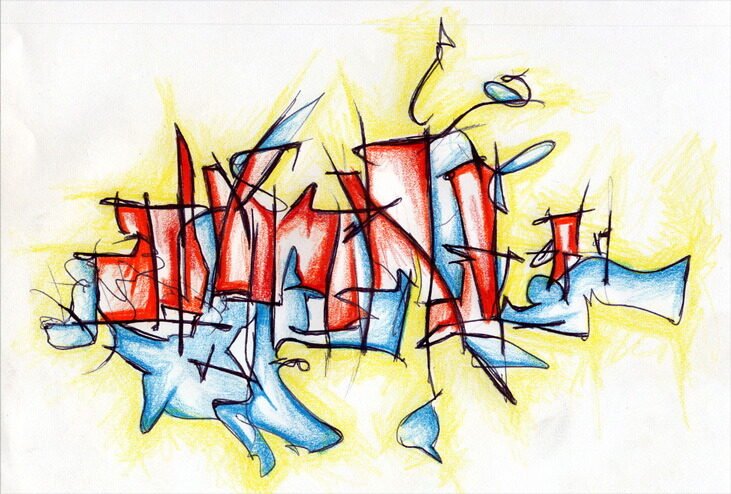
credit: JEFFREDMON
Ready to Share Your Work?
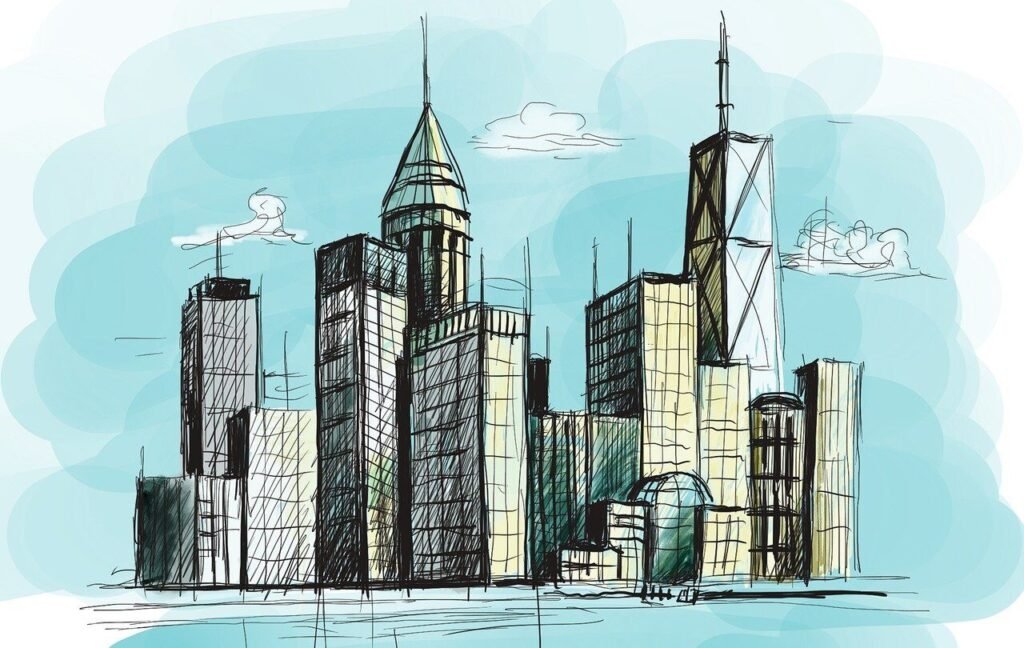
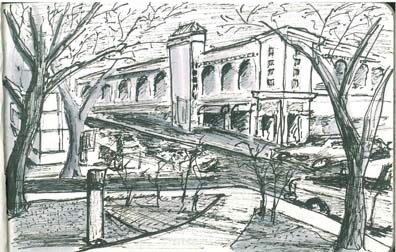
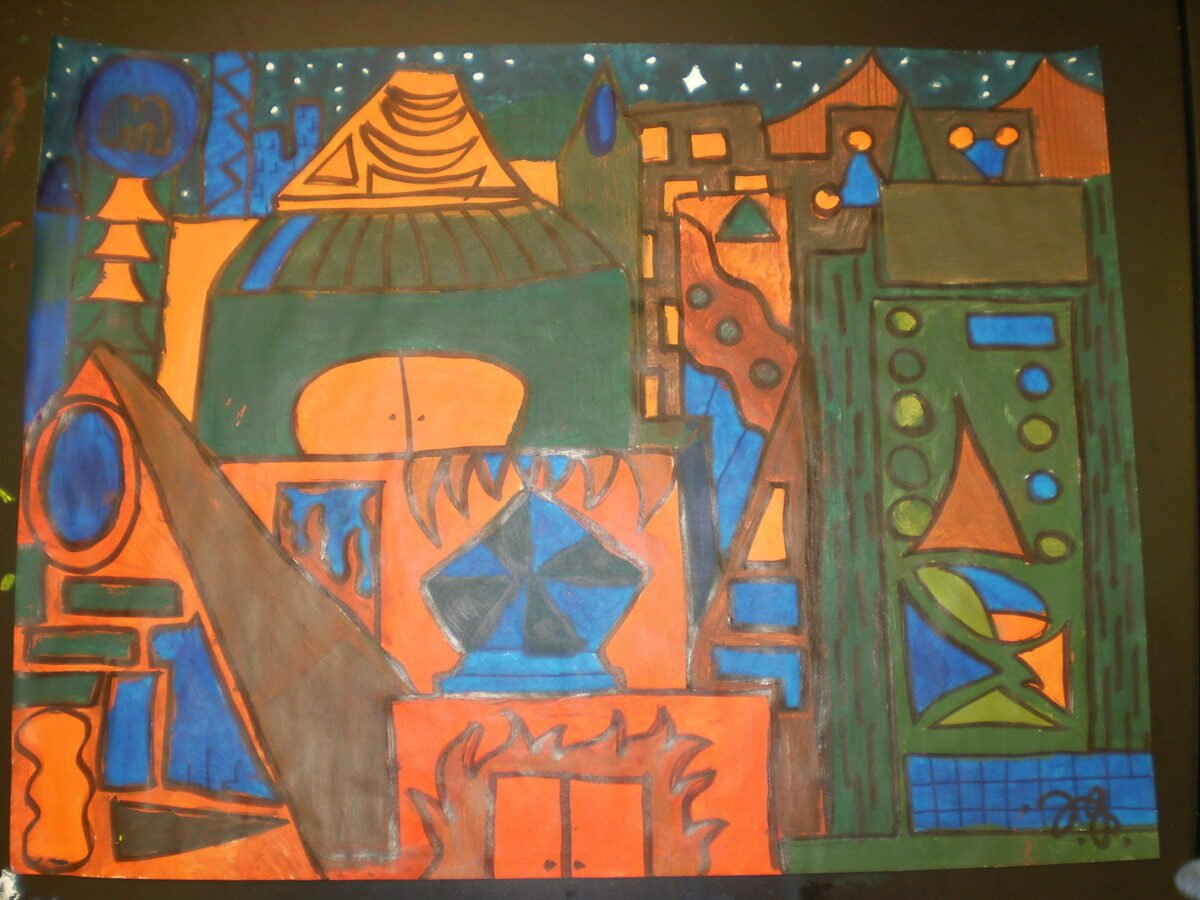


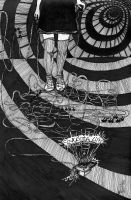



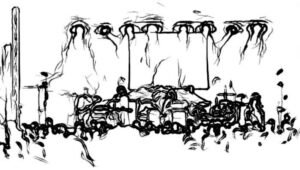
Next train ride = skyline in motion study, no question
see architecture as choreography